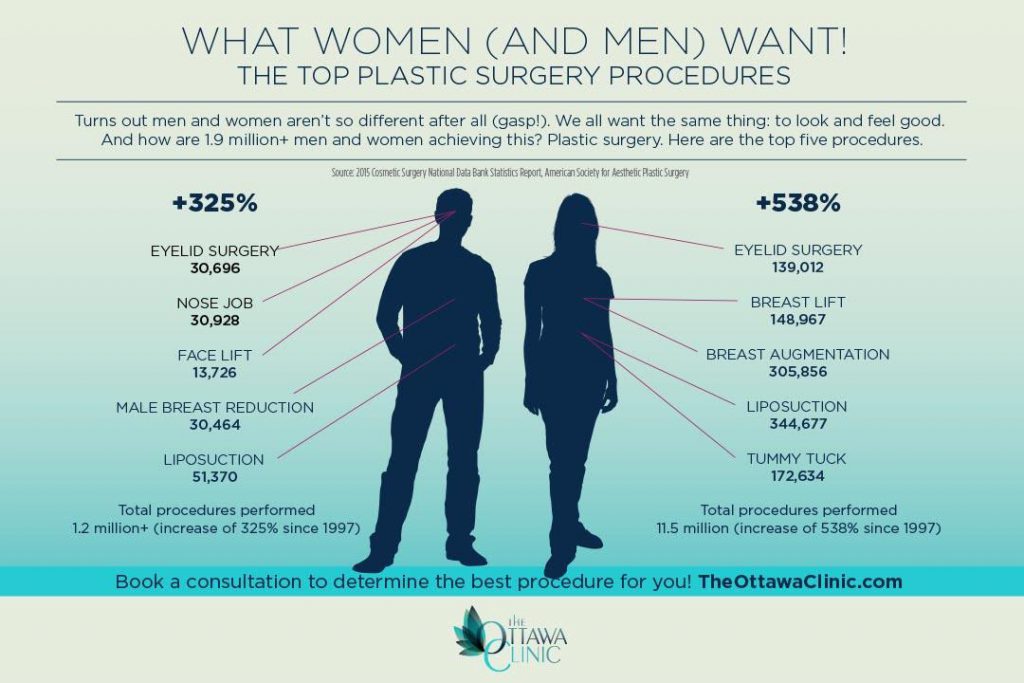Hormonal acne is characterized by clogged pores and oily skin that typically shows up on the chin and jawline. It takes place when hormonal changes trigger swelling and bacterial overgrowth within hair follicles.
Breakouts may appear as whiteheads, blackheads, papules or pustules and cysts or nodules in a lot more serious instances. It is extra common in teens going through adolescence however can impact grownups of any kind of age.
What Creates Hormonal Acne?
While acne can be caused by a variety of elements, including using hair and skin care products that aren't oil-free or made with components that could clog pores, genetic predisposition, diet plan,2 and tension, the source is varying hormones. Hormone acne takes place when the body experiences hormone adjustments and variations that bring about an overflow of sebum, which creates swelling, boosted development of germs and modifications in skin cell task.
Hormone acne is commonly discovered on the reduced jawline, cheeks and neck however can appear anywhere on the body. It is characterized by blemishes that are cystic, unpleasant and filled with pus or other material. It is also more probable to take place in females than males, specifically throughout adolescence, the menstrual cycle, pregnancy or menopause.
Age
While numerous kids experience acne at some point during the age of puberty, it can remain to torment grownups well into adulthood. Known as hormonal acne, this kind of outbreak is connected to changes in hormones and is generally most common in females.
Hormone acne happens when oil glands create too much sebum, which clogs pores and catches dead skin cells. This causes the formation of blemishes, such as whiteheads, blackheads and papules, pustules, cysts or blemishes, deep under the surface area.
This kind of acne frequently causes discomfort, soreness and inflammation. It may also be intermittent and appear around the same time every month, such as right prior to your period starts. This is due to the fact that degrees of female hormones like progesterone and oestrogen rise and fall with each menstrual cycle.
Menstrual Cycle
Hormone acne normally appears in the lower part of your face, along the jawline and cheeks, as whiteheads, blackheads or inflammatory acnes (acnes and cysts). It's most likely to show up around the time when your menstrual cycle adjustments.
Specifically around ovulation, when estrogen and progesterone levels are on the surge, hormone fluctuations can create breakouts. But it's additionally possible to get acne at here any kind of point during your 28-day menstruation.
If you discover that your hormone acne flare right before your duration, attempt noticing when specifically this happens and see if it connects to the phases of your 28-day menstrual cycle. This will certainly help you determine the source of your skin problems. For instance, you may intend to service balancing your blood glucose and cutting out high-sugar foods, or take into consideration a prescription medicine like spironolactone that can regulate your hormonal agents.
Pregnancy
Expanding an infant is a time of dramatic hormone changes. For several ladies, this includes a flare-up of hormone acne. This type of outbreak generally starts in the very first trimester, around week six. It's triggered by hormone rises that stimulate sweat glands to make more oil, which can obstruct pores and trigger even more germs to accumulate.
Breakouts might likewise take place as a result of pre-existing conditions like polycystic ovary syndrome, which can likewise be an issue while pregnant and menopause. Also, some kinds of birth control pills (such as Ortho Tri-Cyclen and YAZ) can activate hormonal acne in some females.
Thankfully, a lot of acne treatments are "no-go" for expectant women (including popular acne-fighting components such as isotretinoin and spironolactone). But if you can not stay clear of those bothersome bumps, your doctor may suggest oral erythromycin or cephalexin, which are secure during pregnancy.
Menopause
As ladies come close to menopause, the estrogen levels that triggered their hormone acne to flare up throughout puberty begin to maintain and decrease. At the same time, nonetheless, a spike in androgens (also referred to as male hormonal agents) occurs since these hormonal agents can't be exchanged estrogen as effectively as previously.
The unwanted of androgens can set off oil manufacturing by the sweat glands, which blocks pores. When the clogged up pores become irritated and aggravated, a pimple types.
Hormone acne is typically seen on the face, especially around the chin and jawline, yet it can occur on the neck, back, shoulders, or breast. This sort of acne tends to flare in an intermittent pattern, similar to the menstrual cycle. Stress and anxiety, which increases cortisol and throws hormonal agents out of balance, also adds to the outbreaks.
